Speeding asteroid to come as close as the Moon! NASA outs flyby details
Although asteroids pass by at a safe distance, one visiting space rock could come as close to Earth as the Moon, NASA has revealed.

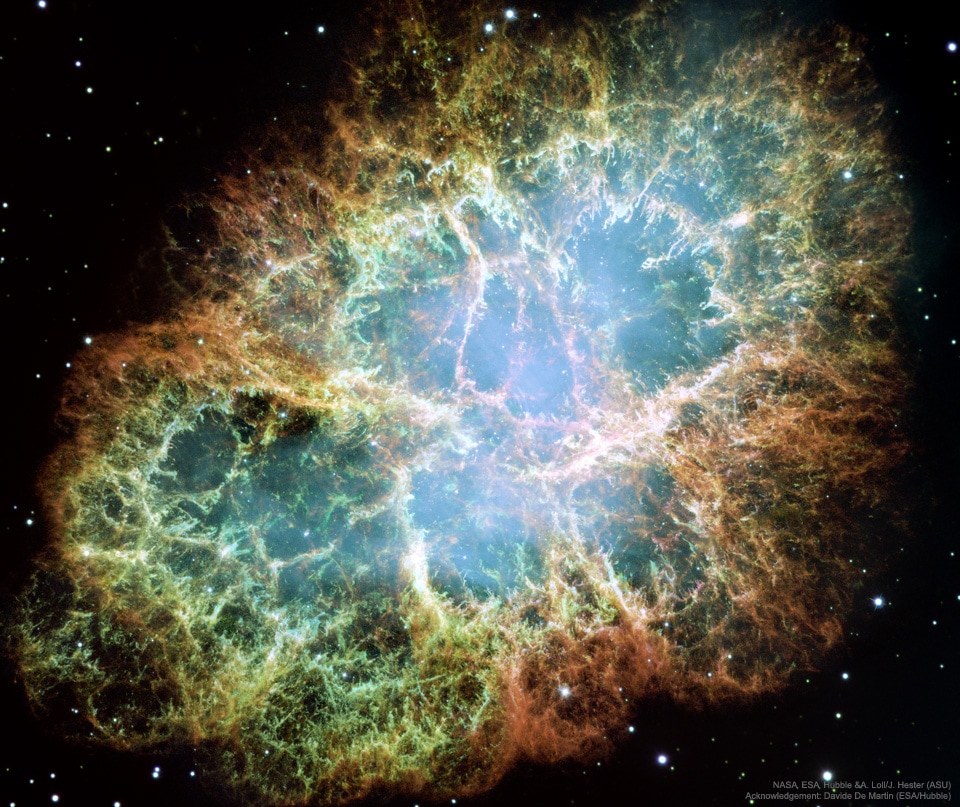
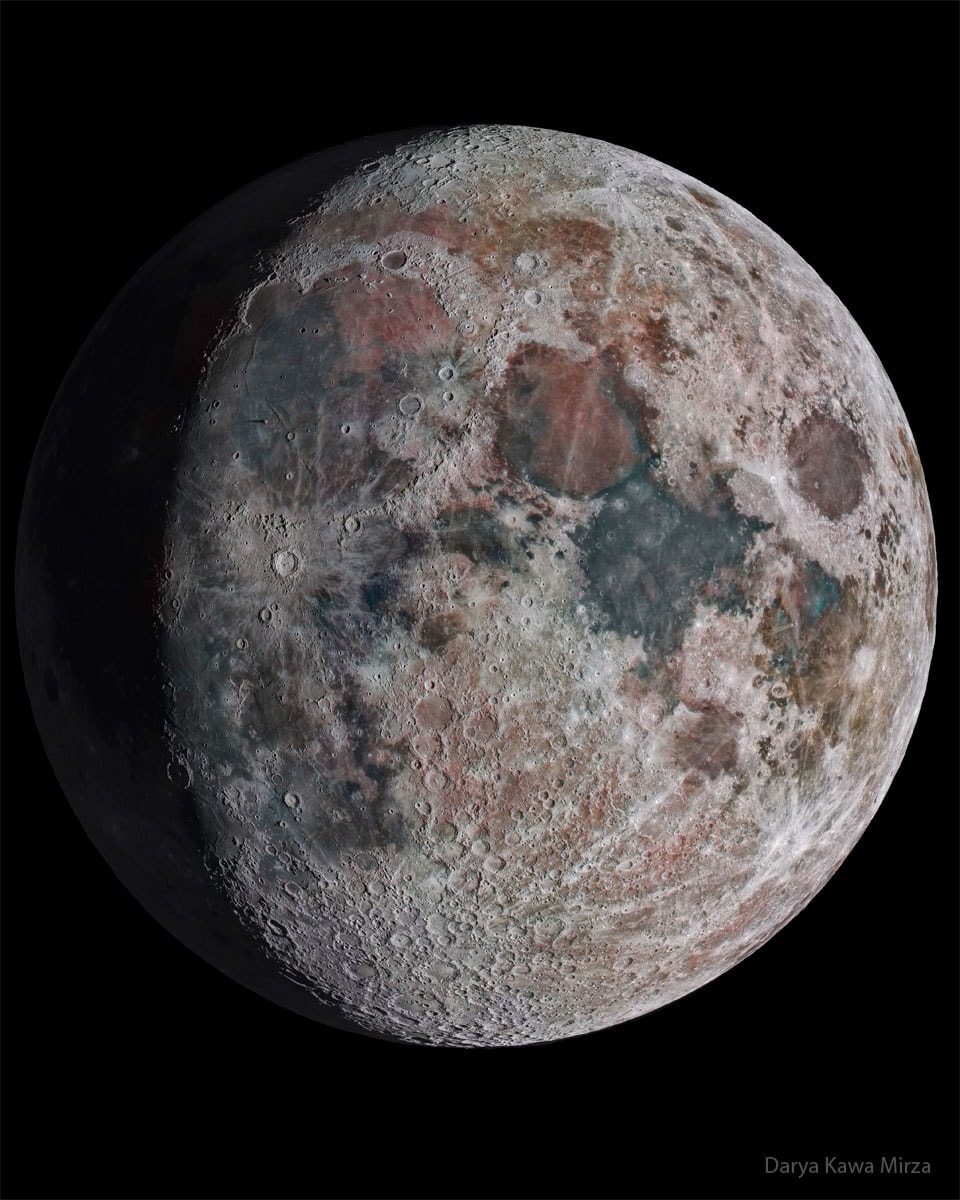
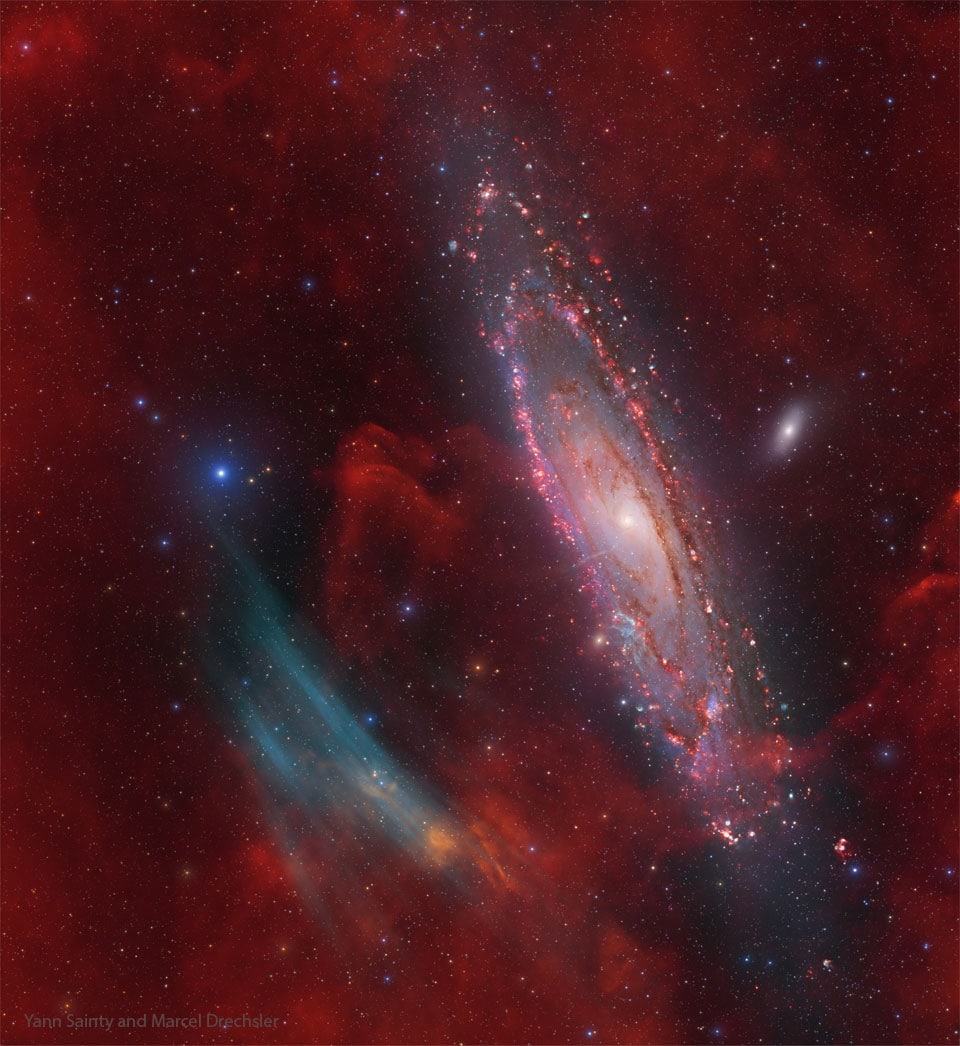
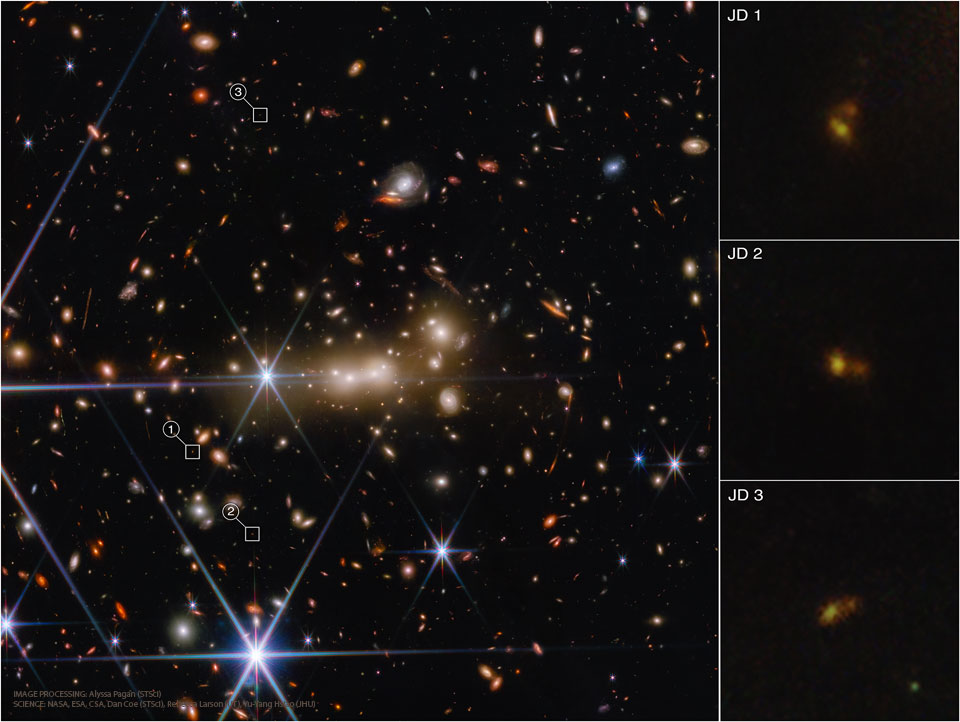
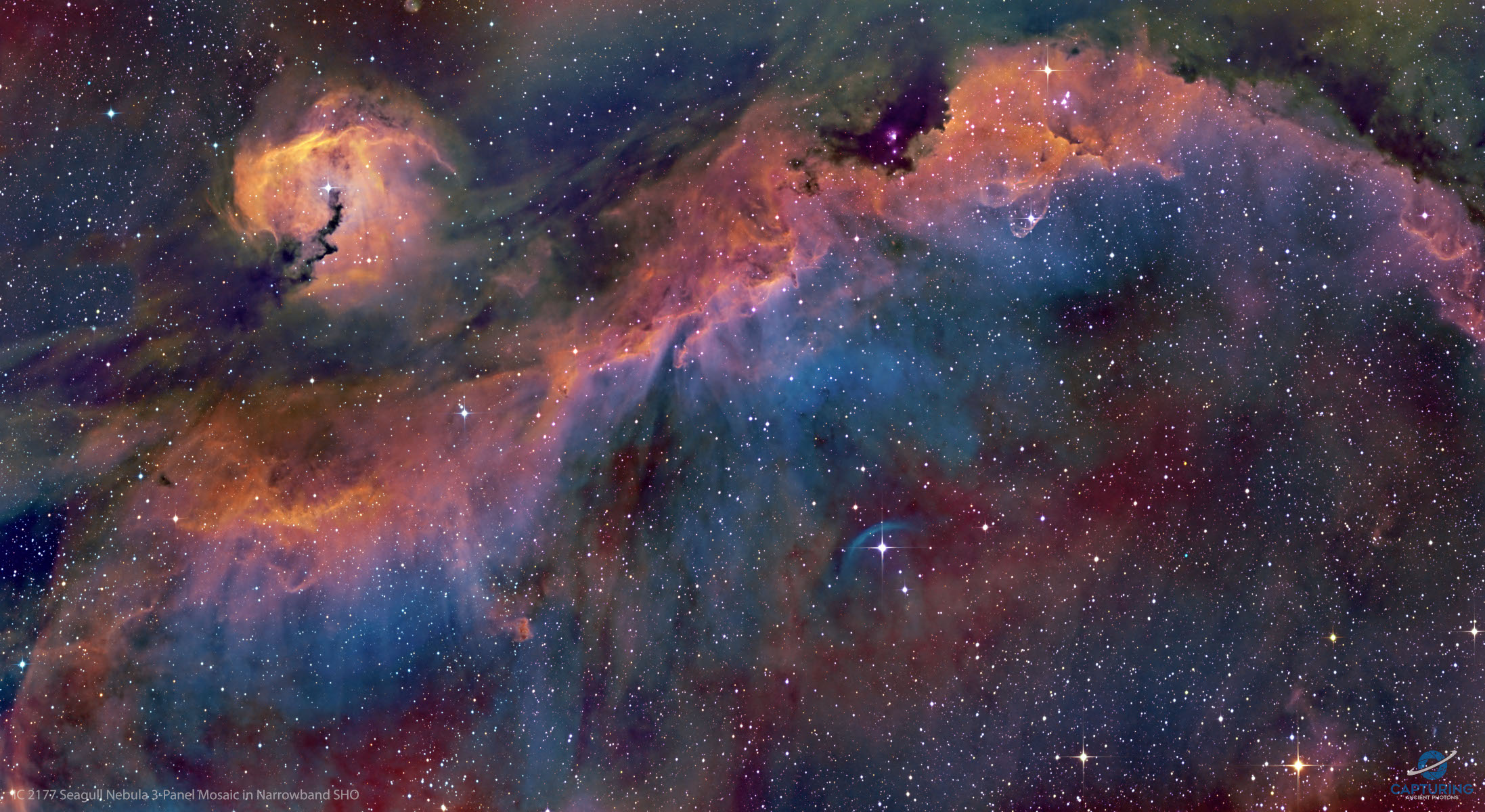
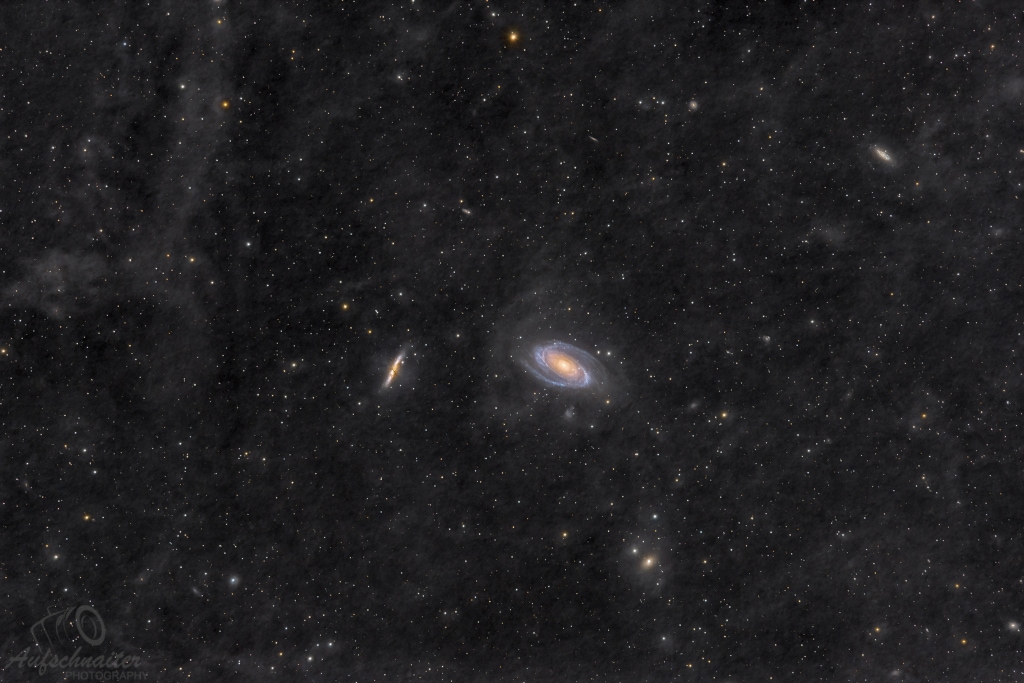
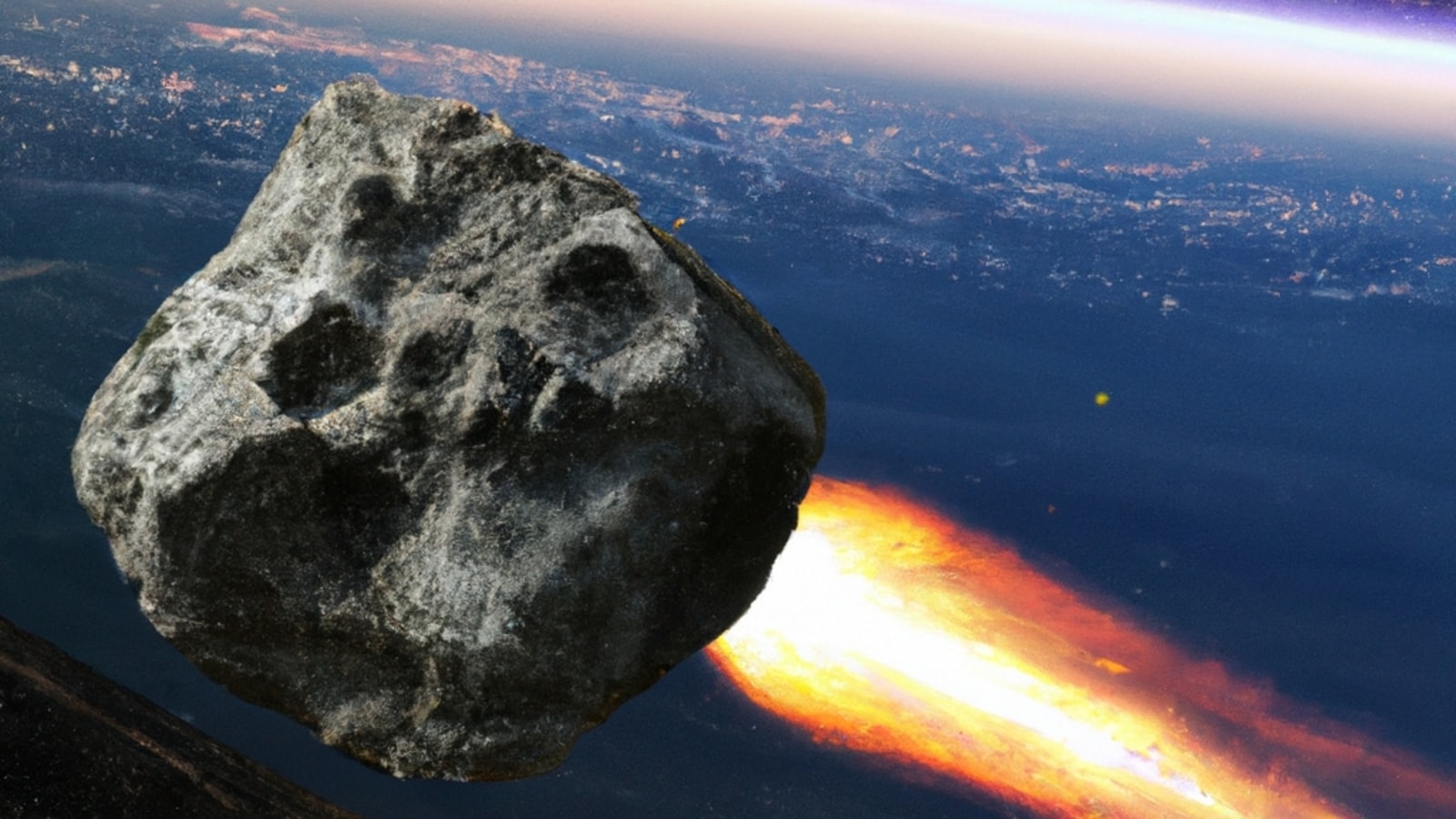
 View all Images
View all ImagesNASA has a Near-Earth Objects (NEO) Observations Program to find, track, and characterize at least 90 percent of the predicted NEOs that are 140 meters and larger in size in the sky. Another organization called Center for Near Earth Object Studies (CNEOS) accurately characterizes the orbits of all known near-Earth objects and predicts their close approaches to Earth. Both these organizations have issued an alert against an asteroid which will pass by Earth today. Although asteroid flybys are not uncommon, this asteroid is particularly special due to the extremely close distance of approach. Here's what NASA has revealed about Asteroid 2023 BL2.
Asteroid 2023 BL2 details
NASA has warned that the asteroid, named Asteroid 2023 BL2, will make its closest approach to Earth today, January 26, at a distance of just 370,777 kilometers! For reference, the Moon is nearly 320,000 kilometers away from Earth.
That means this asteroid will pass Earth at a distance that is nearly the same as the Moon! It will be one of the closest asteroid approaches we've had all year. In fact, the asteroid is already travelling towards Earth at a blistering speed of 37951 kilometers per hour.
Even if the asteroid heads straight for Earth, it is likely to burn up in the atmosphere itself due to its particularly small size. It is just 19 feet wide, making it just as big as a car.
Destruction of asteroid to be a herculean task?
In case asteroids ever came for Earth impact, NASA has a planetary defense plan in place to deflect them by smashing a spacecraft into the space rock. However, if that is not successful, then the destruction of the asteroid might not be an easy feat, according to a recent study.
Published by EurekAlert, the study has been conducted by an international team of researchers led by the Curtin University in Australia of three dust particles collected from the surface of 500-meter asteroid named, Itokawa, returned to Earth by the Japanese Space Agency's Hayabusa 1 probe. It was revealed that Itokawa was hard to destroy and resistant to collision. Reason being it was like hitting a sponge with a bat because it belonged to the rubble pile family, meaning it is made of loose boulders and rocks rather than one amalgamated piece.
Catch all the Latest Tech News, Mobile News, Laptop News, Gaming news, Wearables News , How To News, also keep up with us on Whatsapp channel,Twitter, Facebook, Google News, and Instagram. For our latest videos, subscribe to our YouTube channel.




























